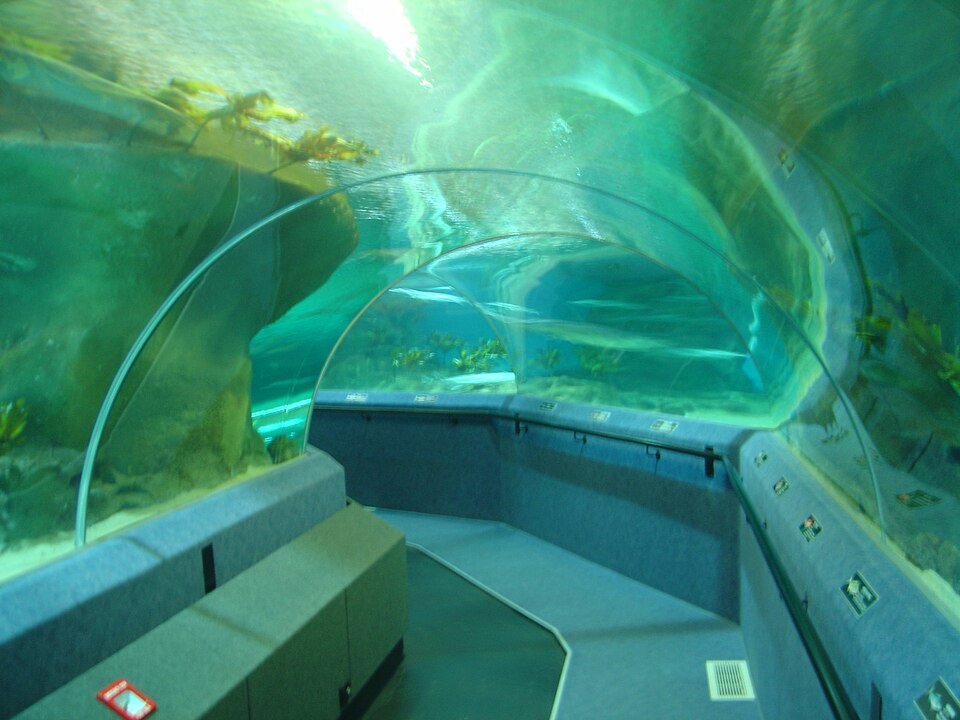Wine, Art Deco and Beaches
Hawke's Bay, located on the eastern coast of New Zealand's North Island, is a region celebrated for its stunning landscapes, rich history, and vibrant culture. Bordered by the Pacific Ocean to the east and the stunning Ranges to the west, it serves as a bridge between natural beauty and human development. The diverse geography includes rolling hills, lush vineyards, and pristine beaches, making it an attractive destination for various types of visitors seeking both relaxation and adventure.
Highlights
Hawke's Bay Attractions

Hawke's Bay Wine Country
Hawke's Bay Wine Country is internationally recognized for its exceptional vineyards and prestigious wineries, making it a prime destination for oenophiles and casual drinkers alike. This region enjoys a temperate climate, which is conducive to producing some of the finest wines in New Zealand, particularly celebrated for its rich red varieties. Merlot, Syrah, and Cabernet Sauvignon are among the most popular wines that have garnered praise from experts and enthusiasts around the globe. Visitors to Hawke's Bay have the opportunity to indulge in a variety of wine tours that cater to all levels of interest and experience. These tours often include guided tastings where patrons can savor an array of unique local wines while learning about the distinguished terroir that contributes to their distinctive flavors. Mission Estate Winery and Church Road Winery are two popular destinations for visiting wine lovers.

National Aquarium of New Zealand
The National Aquarium of New Zealand, located in Napier, is a premier visitor attraction that showcases a remarkable array of marine life. Featuring both regional and exotic species, this well-designed facility offers an immersive experience for visitors of all ages. The aquarium boasts various exhibits that highlight the rich biodiversity of the ocean, including local marine habitats and fascinating creatures from distant waters. Each exhibit is thoughtfully curated to educate the public about the importance of aquatic ecosystems and the species that inhabit them. A key hallmark of the National Aquarium is its commitment to interactive experiences, which engage visitors in unforgettable ways. From touch tanks where guests can feel the texture of sea stars and other marine organisms to guided tours that delve into the specifics of marine biology, the aquarium is dedicated to enhancing public understanding of marine conservation. For tickets or more information, click here.

Art deco heaven
Napier, a coastal town located in the Hawke's Bay Region of New Zealand, is renowned for its striking Art Deco architecture, which emerged following the devastating earthquake of 1931. This calamity led to the rebuilding of the city in the Art Deco style, resulting in a unique urban landscape that sets Napier apart from other towns. The Napier Art Deco Historic Trust plays a crucial role in preserving, promoting, and celebrating this architectural heritage. The Trust organizes a range of guided tours that provide visitors with an in-depth understanding of the historical context and significance of Napier's Art Deco buildings. Knowledgeable local guides share stories that highlight not only the architectural features of the buildings but also the cultural and social history surrounding their construction.
